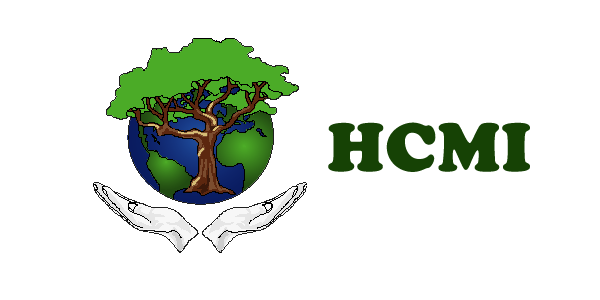- HCMI
- TRAINING
- TESTING KITS
- Introduction To Test Kits
- Remedy Maker
- Symptom Kit
- Master Test Kit
- Nutrition Kits
- A&P Kit Set
- Classical Kit
- Origins Kit
- Bacteria Kit
- Fungus Kit
- Parasite Kit
- Virus Kit
- Metals Kit
- Allergies Kit
- Blood Marker Kit
- Using The Kits Properly
- Making a Test Kit Cabinet
- Practitioner Downloads
- TBA Protocol Updates
- MISC
- SELF-HELP
What Is Kinesiology?
Traditionally speaking, Kinesiology, or human kinetics, is the scientific study of human movement. It addresses physiological, mechanical, and psychological mechanisms. In the 1960’s, Dr. George Goodheart made observations about muscle function and health and introduced Applied Kinesiology. This method is very different than traditional kinesiology. The International College of Applied Kinesiology (ICAK) was founded in 1975 to provide instruction on Goodheart’s research to interested health care professionals. He was the first chiropractor to serve on the U. S. Olympic Medical Team in 1980, and in 2001, Goodheart was placed onto Time’s List of the Top 100 Alternative Medicine Innovators of the 21st Century.
Applied kinesiology (AK), also known as muscle testing or muscle response testing, is a method of determining neurological feedback in the field of alternative medicine. The essential premise of applied kinesiology is that every organ dysfunction is accompanied by a weakness in a specific corresponding muscle. It is referred to as the viscerosomatic relationship. This can be evaluated by manual testing of muscle strength, thus the name, muscle testing. Essentially, the strength of a specific muscle can be tested manually. What Goodheart did was identify the relationship between the muscles of the body and the correlation between specific organs and functions. The health of internal organs and functions dictates the amount of strength that given muscle will have. He also found that introduction of any particular item to the body (food, supplement, etc.), produced a change in microcurrent, which effects the strength of that muscle. The reaction makes the muscle stronger, weaker, or has little effect at all, giving the practitioner an idea of how the body will react on a certain food, supplement or therapy simply by doing the muscle test.
TBA practitioners use an advanced version of kinesiology developed by Dr. DeHaan to monitor microcurrent changes occurring in the body. Each TBA practitioner has a complex set of vials, with each vial representing an item that may be causing or contributing to a given health concern. The vials are used with this advanced form of kinesiology to detect the microcurrent changes, thus revealing the areas that need support, detox, etc.
Traditional medicine gives it little merit, but used properly, it is potentially the most accurate diagnostic tool on the planet. All practitioners that use kinesiology are not the same. There are many forms and styles, and the very intention of the person using it can produce some influence on the end result. This is one of the reasons the medical field does not rely on it, but it is the very same reason it can be so very accurate. In order to really understand how muscle testing, or kinesiology works, to understand the science, one must understand the principle of Quantum Physics. Many chapter of a book have been dedicated to this process, so it cannot be shared fully on this page. Please refer to Book 04, by Dr. Reuben T. DeHaan for a more in depth description.
